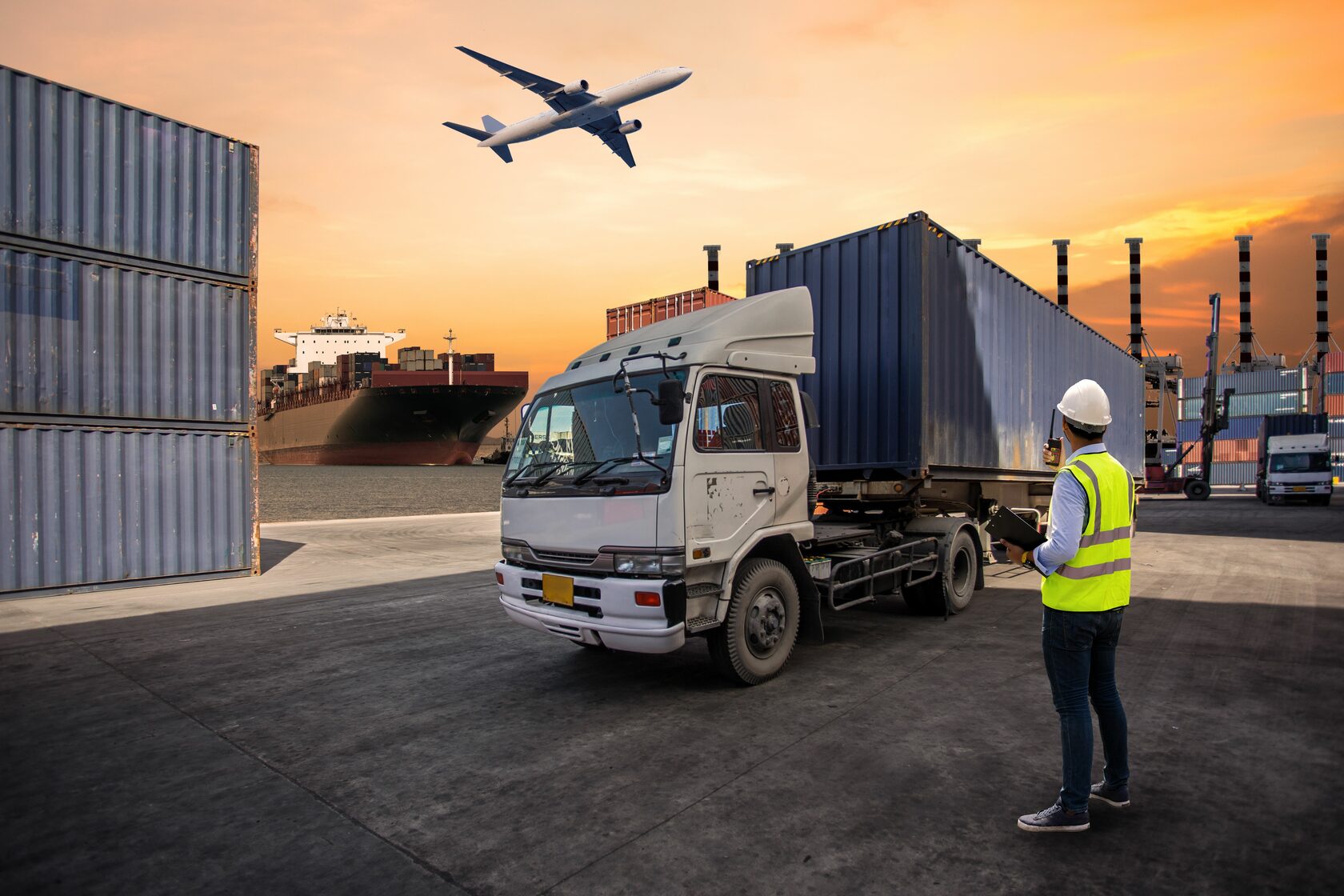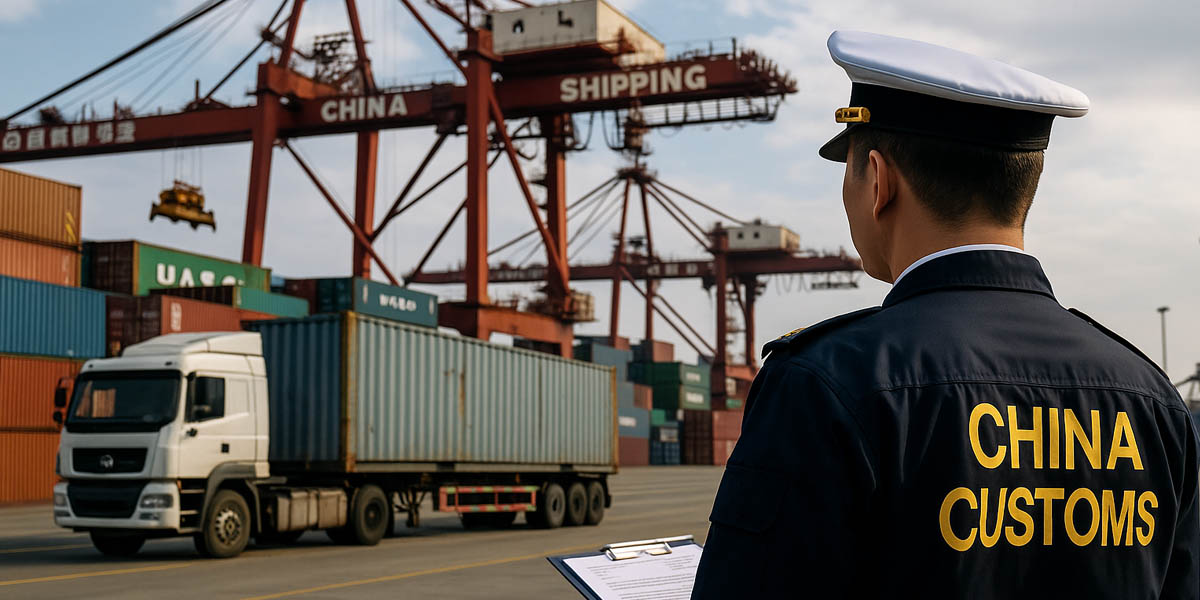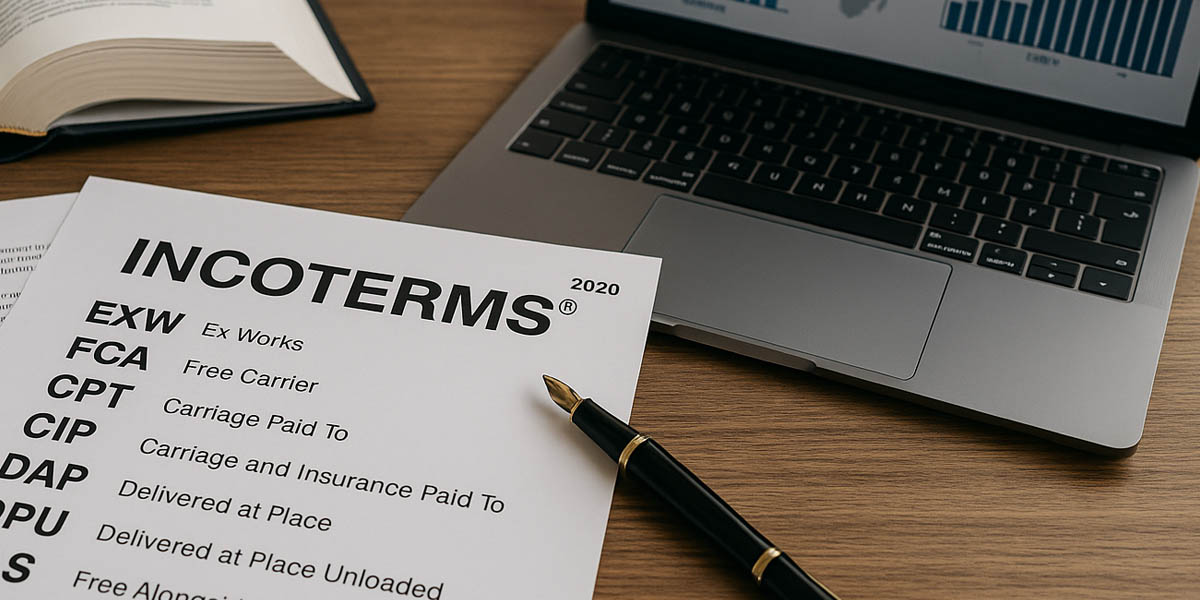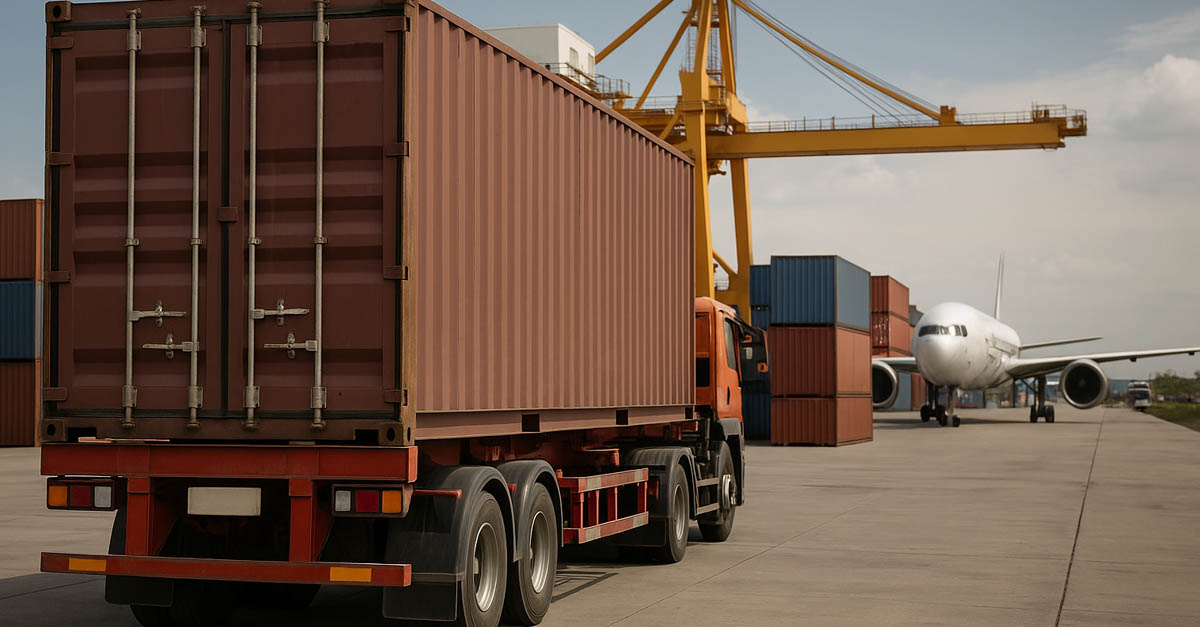Blog

China’s 2025 Export Tax Reform: What Businesses Need to Know to Stay Compliant

Introduction
On October 1, 2025, China’s tax authorities (State Administration of Taxation, STA) will enforce Announcement No.17 [2025], a reform that officially ends the widely used practice of "export through buying third‑party export documents." This move is part of a larger push to tighten export tax compliance, cut legal loopholes, and bring greater transparency to cross‑border trade.
Why it matters:
- Companies using third‑party documents will face significant risk exposure — including penalties, tax rebate denials, or outright legal non‑compliance.
- For businesses in cross‑border e‑commerce, export manufacturing, or acting as intermediaries (agents, logistics firms), this is a compliance inflection point.
- The reform has ripple effects across global supply chains: overseas buyers, agents, and importers must now demand accurate documentation and verified exporters. Some agents have already informed clients that prior models relying on third‑party documents won’t be viable anymore.
Background: What Was the Third‑Party Export Loophole?
What is the loophole?
For years, many SMEs, small factories without export licenses, cross‑border e‑commerce sellers lacked direct qualifications to export. To work around this, they would use a third‑party export agent or trading company that does have the license. The agent would file export documentation (customs, tax, export license, etc.) under its name, while the goods came from the manufacturer. The manufacturer paid a fee to the agent for this service.
Why it was used:
- It allowed manufacturers without export licenses to access international markets without the costs or bureaucracy of obtaining their own license.
- It simplified logistics and foreign trade formalities for firms unfamiliar with cross‑border tax/tariff systems.
- Loosely enforced record keeping and fragmented oversight historically made monitoring difficult, allowing many export transactions to go unchecked.
Why regulators tolerated it until now:
- It serviced a large base of small manufacturers and exporters who would otherwise be pushed out of export trade.
- It filled a gap in export capacity and enabled export growth, especially in regions with fewer licenced exporters.
- But over time, as trade volumes, tax revenue losses, and regulatory mismatches became more visible, the government deemed the workaround unsustainable. The lack of alignment between customs, tax, and foreign exchange flows, plus misuse of export rebates, pushed for reform
Key Provisions of STA Announcement No.17
Here are the main changes exporters need to integrate into their operations:
- Distinguishing export types:
STA now mandates explicit classification among self‑operated export, entrusted export, and agent‑based export. Each category brings different reporting and tax obligations. - Reporting obligations for agents / entrusted parties:
Agents/trading companies who export on behalf of manufacturers must reveal who the actual exporter/owner of goods is. They must separate service fees from export revenue. The actual manufacturer (entrusting party) must account for full export income, while the agent reports only its commission/service charge. - Consequences for misclassification or failure to disclose true exporter info:
If an entity misrepresents the real exporter—e.g. using a shell company, or pretending to be the agent when it's the manufacturer—they risk losing export tax rebates, being reclassified for tax purposes (leading to higher tax bills), or facing penalties for tax evasion. There are also foreign exchange controls implications, since payments no longer matching declared flows will be scrutinized.
Who’s Affected & Impact Analysis
Who will feel this the most? Pretty much the entire cross-border export ecosystem. Here's how:
Exporters & Manufacturers
Especially SMEs and factories without direct export licenses who previously relied on third-party agents. Their workaround is no longer legally safe. If they continue with outdated documentation models, they could face:
- Loss of VAT export rebates
- Penalties for misreporting
- Ineligibility for future export licenses
Cross‑Border eCommerce Sellers & Platforms
Many e-commerce merchants selling internationally through marketplaces like Alibaba, JD Worldwide, or Amazon Global Selling previously used third-party documents to simplify export. Now:
- They risk supply chain disruptions if their agents are flagged.
- Payment receipts may no longer match export declarations, inviting audits or rejection of rebates.
- Platforms may require new KYC compliance standards from sellers.
Freight Forwarders & Logistics Providers
Logistics intermediaries often acted as “paper exporters” for their clients. Under the new rules:
- They are legally responsible for reporting the actual exporter.
- Any mismatch between declared info and real exporters could backfire—compliance failures or disqualification from export operations.
Overseas Buyers / Importers
Foreign clients may experience delays at customs, invoice mismatches, or issues receiving goods if the exporter listed is no longer valid under Chinese rules.
- This adds reputational and operational risk to partnerships.
- Buyers may also face complications if payments are made to non-declared exporters.
Steps to Achieve Compliance (Practical Guide)
Now that the playing field is changing, here’s how companies can future-proof their operations and avoid falling into the non-compliance trap:
1. Audit Existing Export Processes & Documents
- Who is listed as the exporter?
- Who is actually receiving the funds?
- Do customs, tax, and foreign exchange records match?
→ Any discrepancies must be resolved immediately.
2. Ensure Export Licenses or Entrusted Export Agreements Are in Place
- If you're the manufacturer, obtain your own export license or establish a formal entrusted export agreement with a licensed agent.
- Make sure roles are clear and compliant.
3. Align Foreign Exchange Receipts With Customs Declarations
- Payment flows must now match declared exporter names and routes.
- Use dedicated FX accounts for export transactions.
4. Update Contracts With Agents / Logistics Providers
- Specify who is the actual owner of the goods, who declares export, and who receives payment.
- Make sure your logistics partner is fully informed and capable of operating under the new regulations.
5. Improve Internal Systems: Tracking, Accounting, Documentation
- Use software or ERP tools that synchronize customs, tax, and financial records.
- Archive full export trails (invoice, declaration, payment) for every shipment.
- Train staff in risk flags and updated protocols.
Conclusion: No More Shortcuts—Time to Get It Right
China’s STA Announcement No.17 signals a turning point for exporters, logistics firms, eCommerce sellers, and global buyers alike. The days of relying on third-party export documents as a loophole are officially over. This isn’t just a regulatory footnote—it’s a fundamental shift in how China polices its outbound trade, tracks tax compliance, and manages foreign exchange.
The message is clear: regulators want transparency, traceability, and a paper trail that matches the real flow of goods and money. And companies that fail to adapt won’t just face operational headaches—they’ll risk penalties, delays, tax losses, and reputational harm.
The good news? There’s still time to act.
- Start by reviewing your current export structure.
- Formalize the right agreements.
- Align your reporting, finance, and logistics practices.
- Train your teams and upgrade your systems.
Those who get ahead of the curve now won’t just avoid trouble—they’ll gain a competitive edge in an increasingly compliance-conscious global supply chain.
No more shortcuts. No more gray zones. Just clean exports, clear records, and confident cross-border growth.


